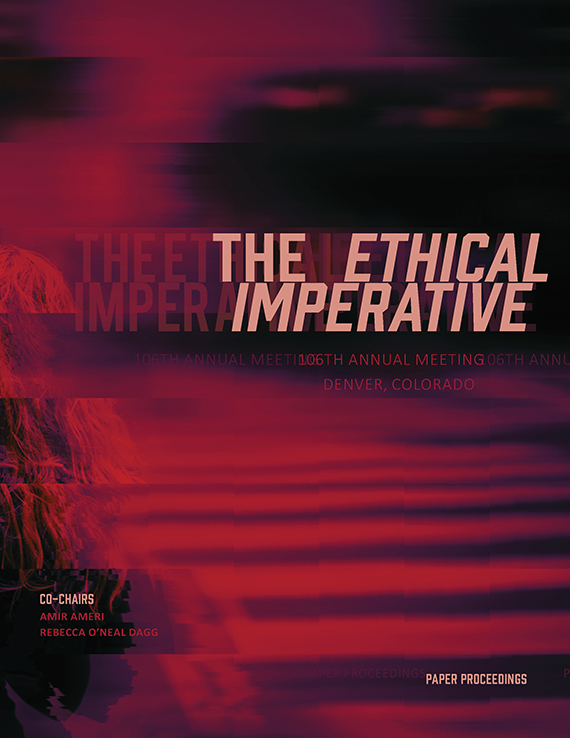Author(s): Liyang Ding
Despite the recent studies dedicated to discussing the architektonischer Garten concept, its relative architects, and building manifestations, the architektonischer Garten or Gartenarchitektur discourse has not been given its justice due to the lack of a critical account of its definition and development. Presented as an examination of its historical transformation from a design approach for garden to a model of spatial configuration, this paper presents asa preliminary effort to reinterpret the history of the architektonischer Garten concept with a focus on a relationship between the domestic living and its surrounding topography, which underlies the legacy of this important concept in the early history of modern architecture. Starting from offering a long-overdue definition of the architektonischer Garten concept initiated by Hermann Muthesius, this paper places this concept among the set of models that characterize the spatial construction of early-20th-century modern architecture. Rather than “experiential” and “flowing,” which were coined by many early modern architects and critics as they respectively described related spatial concepts, the central feature of the architektonischer Garten idea is“circumstantial” or “situational.” My argument is that the architektonischer Garten concept was the most effective— and possibly the only — solution, by virtue of our spatial perception of depth, capable of reconciling the tension between a building’s indoor living and outdoor topography.
https://doi.org/10.35483/ACSA.AM.106.20
Volume Editors
Amir Ameri & Rebecca O'Neal Dagg
ISBN
978-1-944214-15-9

 Study Architecture
Study Architecture  ProPEL
ProPEL 
